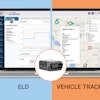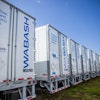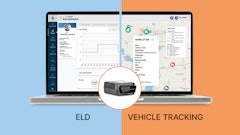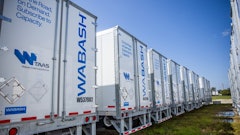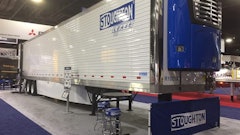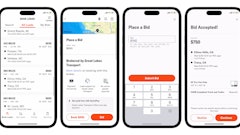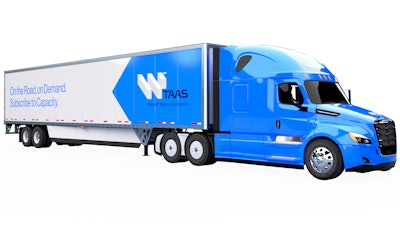
Efficiently managing food supply chains is challenging when questions about your trailer pool persist. Issues range from optimizing usage amid fluctuating capacity and ensuring proper maintenance for maximum uptime to deciding when to invest in expanding capacity. New trailer supply models and technologies can help you more easily answer these questions, or even avoid having to ask them in the first place.
Subscription-based access to trailers, for example, can give reliable availability to trailers and the flexibility to scale up your trailer fleet as needed, without the upfront costs or long-term commitments of ownership. Increased use of technology on trailers and more streamlined processes for acquiring parts can also help you improve trailer uptime and better utilize your trailer pool.
These changes to how you acquire, operate and maintain trailers all serve a common goal – helping reduce the complexities involved with managing your trailer fleet so you can increase uptime and more easily and efficiently get food products to where they’re needed.
A more flexible way to manage trailer capacity
Whether you buy or lease trailers, you face similar challenges, like ensuring you have enough capacity to meet demand and keeping them properly maintained for reliable, on-time deliveries. But now, you have a third option for accessing trailers – Trailers-as-a-Service (TaaS).
With TaaS, fleet managers can subscribe to trailer capacity based on need. Trailers are provided with guaranteed uptime, and capacity can be scaled up or down to meet changing demand. Loaners and insurance are also both included as part of the subscription.
TaaS-delivered trailers can also help maximize the uptime and overall management of the fleet using telematics and analytics. With these technologies, operators always have a real-time view of your trailers’ health, location, performance and cargo.
Real-time trailer health data can be especially helpful in protecting uptime because it can help reveal issues in their earliest stages, so they can be repaired possibly before a breakdown occurs on the road. This can reduce downtime and maintenance costs and extend the operating life of trailers.
As some companies have proven, having new ways to access trailers can open up new business opportunities. For instance, a third-party logistics (3PL) provider uses TaaS to enter new markets at a lower cost compared to buying or leasing trailers. And, this 3PL can adapt to customer needs and secure business even during downturns, as it doesn't need to source trailer capacity in advance.
Data to optimize fleet uptime and utilization
Telematics aren’t just limited to TaaS-delivered trailers. They’re available as standard technology on certain OEM dealer-stocked trailers. However, they’ve been fundamentally limited to large transportation companies that have enough resources to manage them – until now.
Today, dealers can package telematics in a way that makes them manageable for small- and mid-size companies to monitor and proactively maintain their fleets. And telematics systems not only optimize trailer uptime and performance but also support trends in food logistics.
For example, they can be used to track and locate trailers for the growing use of drop-and-hook loads. Telematics data can also be used for predictive maintenance to help optimize trailer uptime. And the data can be used to trigger alerts if trailers go off their expected routes, which can help protect trailers and the cargo they carry.
Telematics data can also help indirectly optimize trailer maintenance over the long term. OEMs can use the data in aggregate to learn more about the health and repair needs of their trailers. This can help provide better guidance to both dealers and customers, such as the specific parts they should keep in stock for different trailer models.
Streamlining parts access
Real-time health and predictive maintenance data enable more timely and targeted trailer maintenance. But for that maintenance work to happen as needed, something else is required – reliable access to genuine parts.
In recent years, parts shortages have delayed vital maintenance work and kept trailers off the road. Sometimes, parts have been available but issues like supplier friction or inefficiencies have slowed their delivery.
Trailer OEMs have taken action to improve parts availability by breaking down barriers and better aligning teams both within their own organizations and by working with dealers to streamline deliveries. Some OEMs, for example, have made it easier for dealers to order parts with improved online ordering. OEMs have also taken steps to allow dealers to order parts directly from them instead of from third parties.
All of this has made it easier and more efficient for dealers to buy genuine OEM parts, which in turn makes it easier for you to reliably get the genuine parts you need at consistent pricing.
Food logistics with fewer questions
Managing a trailer pool is demanding work that requires close attention to detail and constant engagement. Using these new approaches to trailer lifecycle management can keep the focus on freight instead of the logistical challenges that can bog down deliveries and the business.

